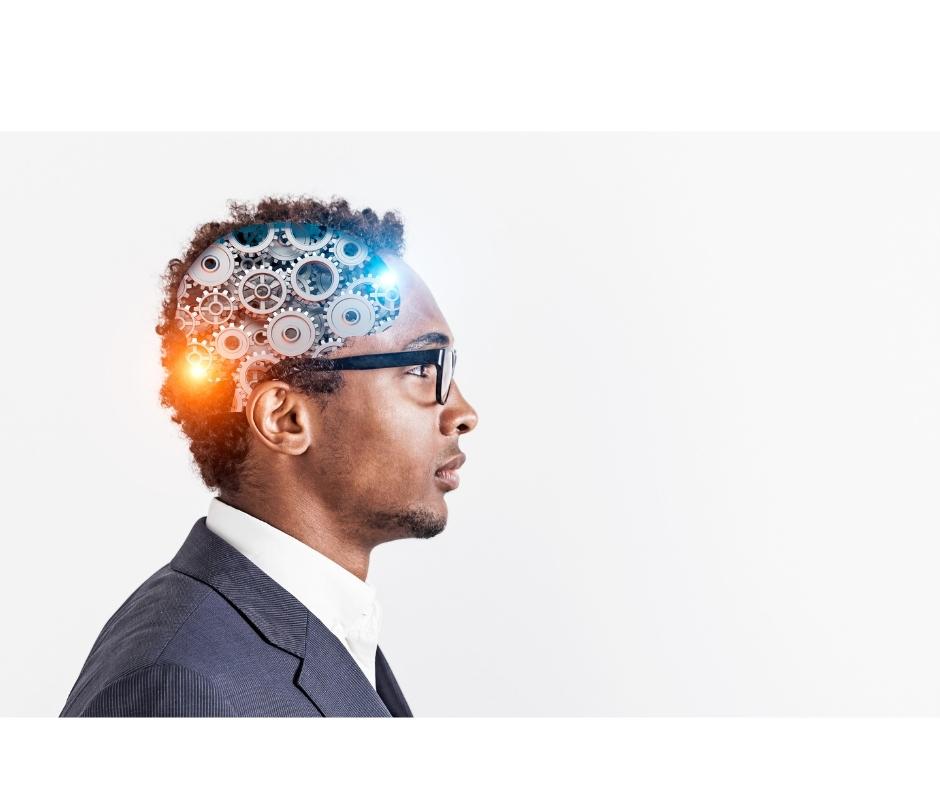A team of neuroscientists has discovered that hidden brain activity, once overlooked by traditional brain models, may play a crucial role in how we form and store memories. This breakthrough could change how we approach memory loss, brain health, and even artificial intelligence.
Published in the journal Science, the research focused on astrocytes ,a type of brain cell that until recently was thought to function mainly as a support system for neurons. Now, scientists believe that astrocytes are actually key players in shaping memory, marking one of the most important discoveries in neuroscience in recent years.
What Is Hidden Brain Activity?
When we think about how the brain works, we often picture neurons firing electrical signals. These spiky messages help us think, move, and remember. But what if there’s more to memory than just neuron activity?
That’s where hidden brain activity comes in. This term refers to the non-electrical, chemical signaling happening in other types of brain cells especially astrocytes. These cells don’t fire like neurons, but they react to signals, adjust connections between neurons, and influence how information is stored.
In short, hidden brain activity is the silent control system of the mind, and it has just stepped into the spotlight.
The Breakthrough Study
Researchers at the Allen Institute for Brain Science and the University of Lausanne used advanced live imaging to watch how brain cells reacted when mice were given memory tasks. To their surprise, they noticed that astrocytes were highly active, even before neurons fired.
It was found that these astrocytes were helping neurons form stronger connections during learning moments. Their actions seemed to set the stage for memory, almost like lighting technicians preparing a theater before the actors arrive.
“This type of coordination has been ignored for too long,” said lead researcher Dr. Marta Keller. “Now we’re seeing that these ‘quiet’ cells are essential to how the brain actually works.”
Why This Matters for Everyone
The discovery that hidden brain activity supports memory could have huge real-world applications:
- Alzheimer’s and dementia treatment: Current drugs focus mostly on neurons. Targeting astrocytes might lead to more effective therapies.
- Improved learning strategies: If astrocytes help determine how we retain information, new learning tools could be designed to engage this part of the brain.
- Smarter AI: Artificial intelligence could become more efficient if it mimics the balance between fast signals (neurons) and chemical support (astrocytes).
How the Brain Stores Memory: A New Understanding
The brain stores memory through a process called synaptic plasticity—strengthening the connection between neurons. What this new research shows is that astrocytes are not just sitting nearby. They are actively shaping those connections, adjusting chemical environments, and even influencing which memories are saved and which are discarded.
These cells manage calcium signals, which in turn affect how neurons fire. It’s a complex dance, and until now, science had only been watching half the performance.
Future Applications: Non-Invasive Memory Boosting
One of the most exciting parts of this research is how astrocytes respond to natural inputs like light, sound, and breathing. This means that, unlike neurons, they might be activated by simple non-invasive therapies.
Researchers are already experimenting with sleep-based sound therapy, using soft sound patterns to enhance memory formation during deep sleep. In mice, it worked. Human trials could begin within a year.
Expert Insight
This discovery has been widely praised across the neuroscience community.
It was suggested by Dr. Lila Mendez of Harvard University that “the memory process appears to be far more dynamic than previously believed, and this newly identified role of astrocytes fills in a major gap in our understanding.”
What Comes Next?
The research team is now applying these findings to human brain organoids small lab-grown models that mimic the structure of the brain. If astrocytes behave the same way in human tissue, it could lead to major breakthroughs in how we treat learning disorders, memory loss, and even brain injuries.
Researchers are also studying how stress, diet, and sleep influence this hidden brain activity. The goal is to find ways to naturally support these silent memory helpers in everyday life.
The discovery of hidden brain activity led by astrocytes represents a new chapter in neuroscience. It challenges long-held assumptions and invites us to see the brain not just as a series of electric flashes, but as a complex system of silent cooperation. Whether it leads to better treatments for disease or smarter technologies, one thing is clear memory is more than a spark, it’s a symphony, and we’re just beginning to hear the full performance.
For more news, click here





